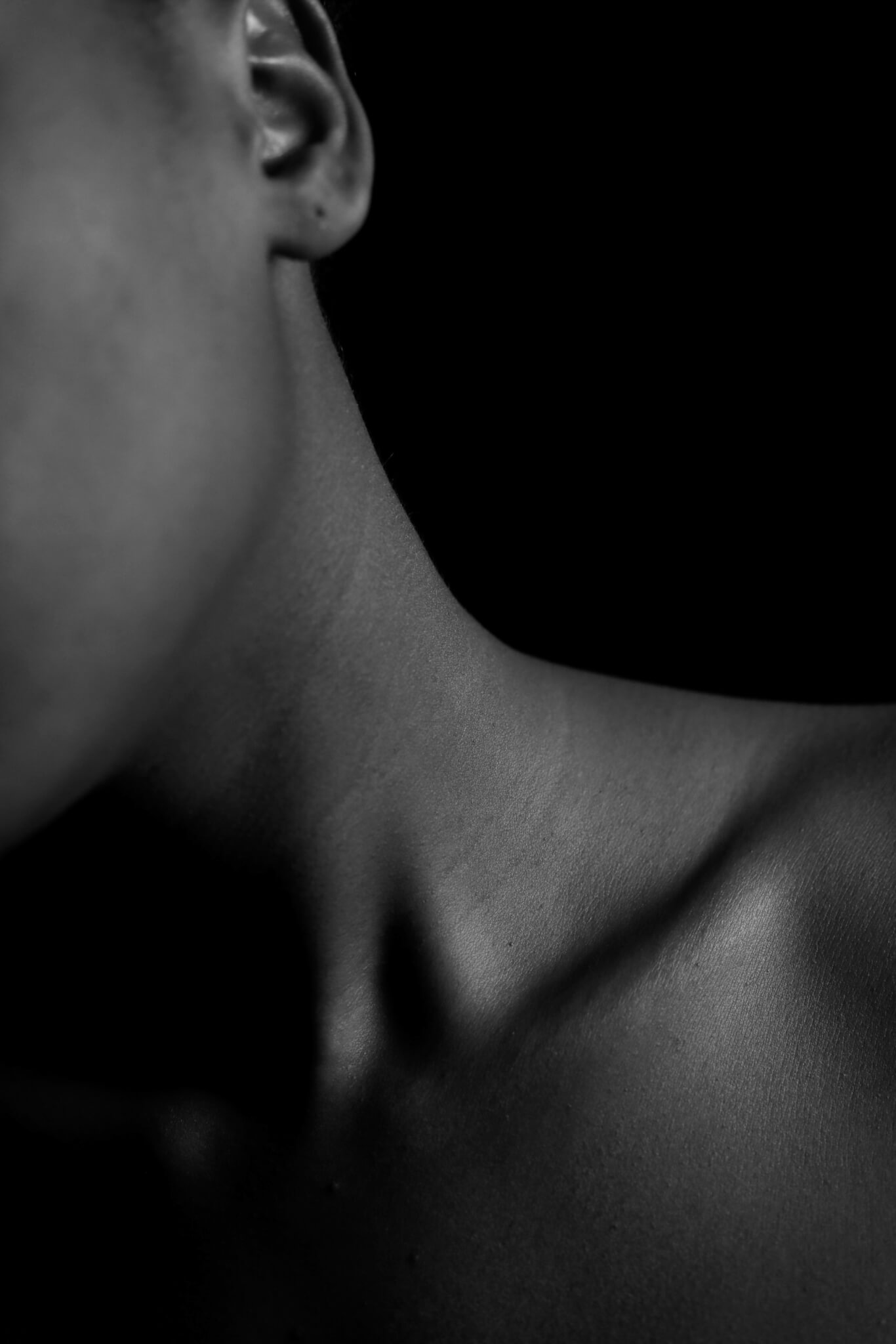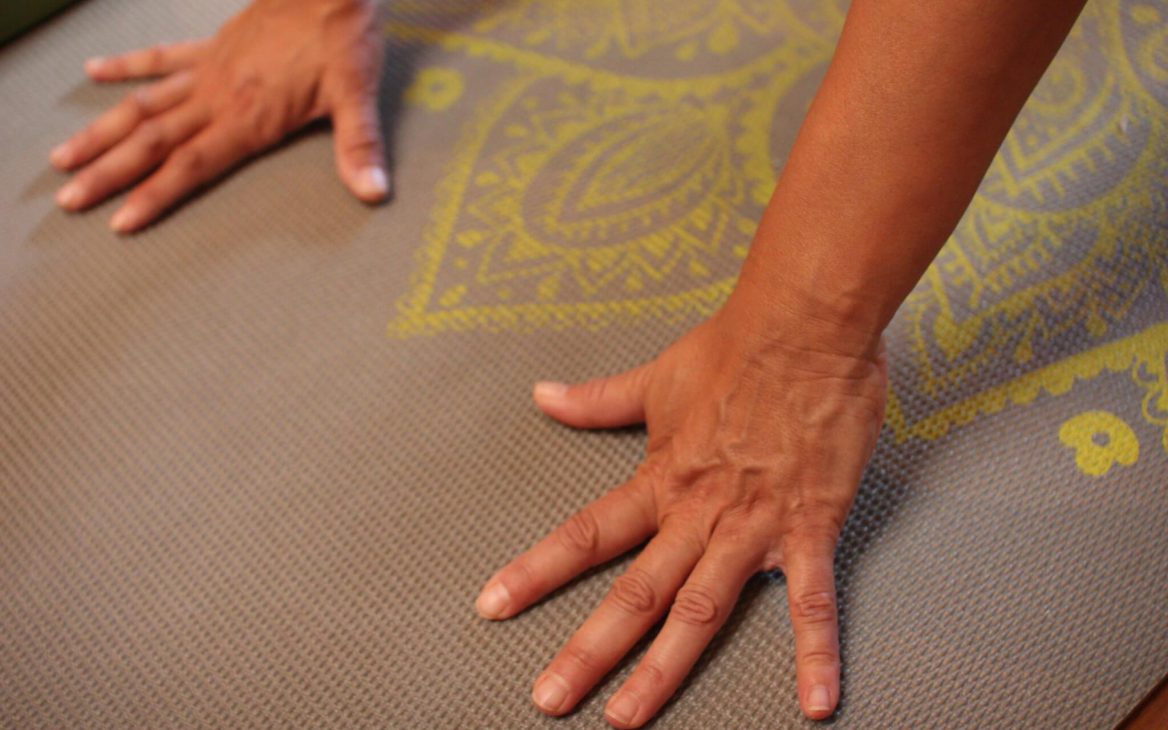Many times in class you suggest lifting the back skull like the head of cobra, widening and lifting upwards to allow the front skull to descend downwards. I understand the point of this directive in taking our seat for meditation, but I would love to hear the “energetics” of why this slight jalandhara bandha is also found in many asana poses.
Deep Bow,
Viki
Dear Viki,
It is important to move the fore-brain down in seated meditation for it serves to bring a sense of quiet to the mind. This elevates the brain-stem at the base of the skull. In order to induce a sense of tranquility into the central nervous system and establish what the cranial-sacral practitioners describe as the “long wave of the breath” (seven second inhale and exhale), it is important to elevate the brainstem. This also counters the common tendency of the skull to be compressed downward against the first cervical spine.
As the chin moves downward, either in meditation, pranayama or asana, there is a light “milking” of the soft tissues in the front of the cervical spine. These tissues are delicate and vital and there is often tension held in the throat chakra (Vishuddha). The most critical of these structures are the thyroid/parathyroid glands, the carotid artery, jugular vein and vagus nerve. When the chin is lightly descends (and this is the challenge to be ever so delicate in this movement) then it serves to release mechanical strain around these structures. Given that the parasympathetic nerves (the “rest and digest” aspect of the central nervous system) exit out of the cervical spine, then jalandhara bandha can be thought to prompt a tranquilizing effect on the entire body (effecting the fascial nerves, the tongue, the saliva glands and the eyes). The other bundle of parasympathetic nerves exit from the sacrum. Thus to bring about shamata (calm abiding) in the body the bio-energetics of mula bandha at the spinal base are combined with jalandhara bandha at the throat.
Eyes Soft, Throat Soft,
Tias



